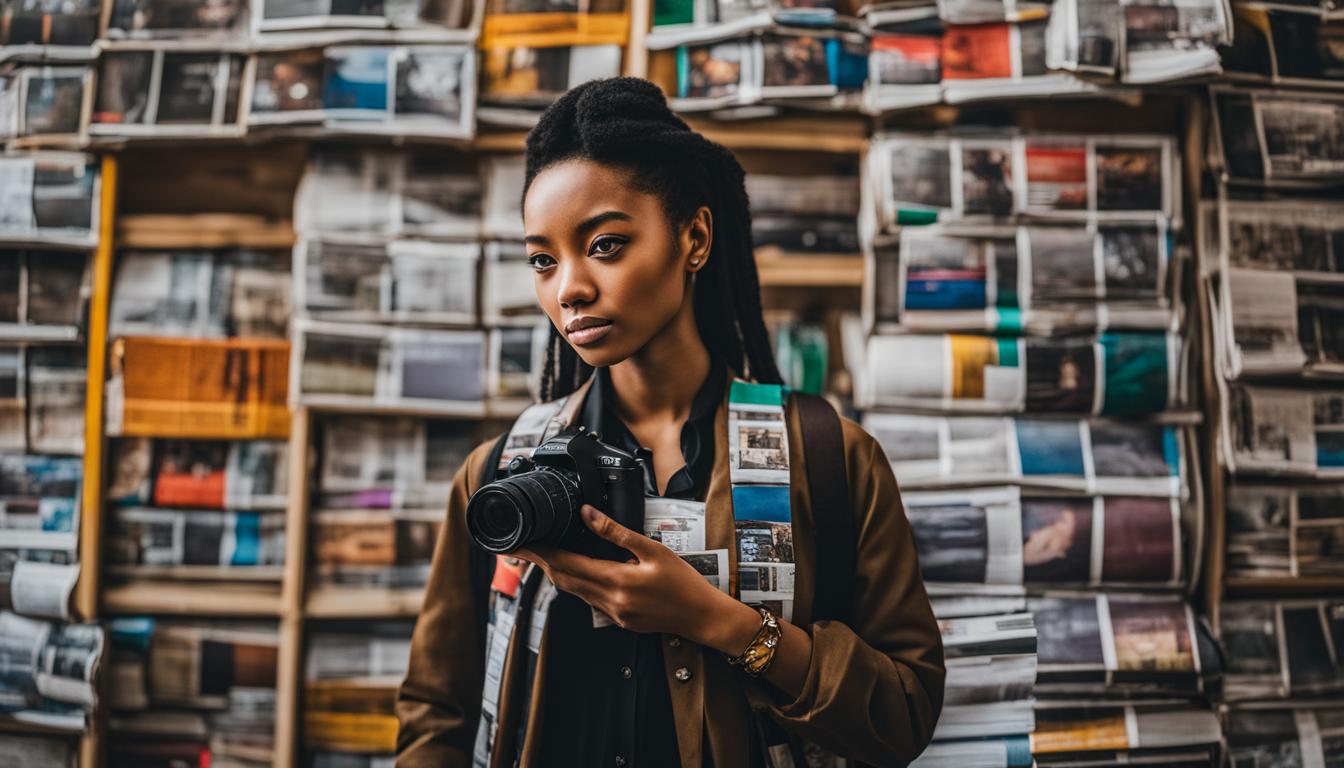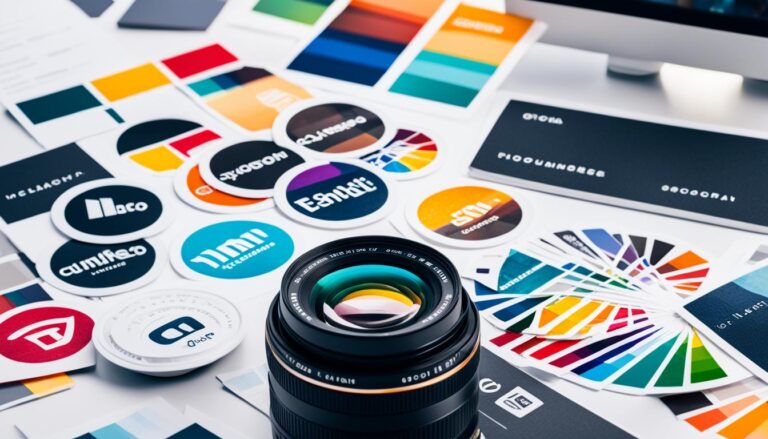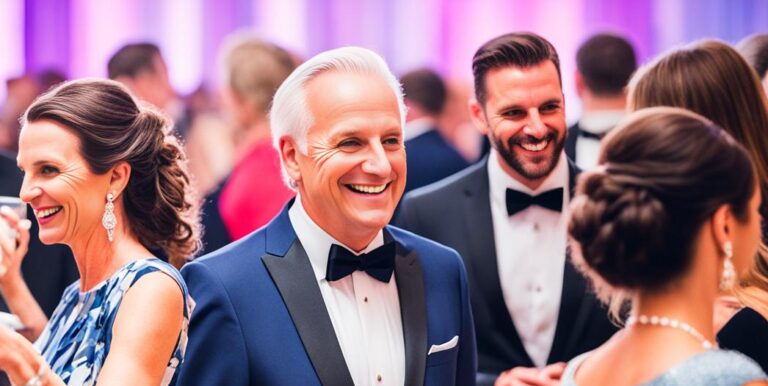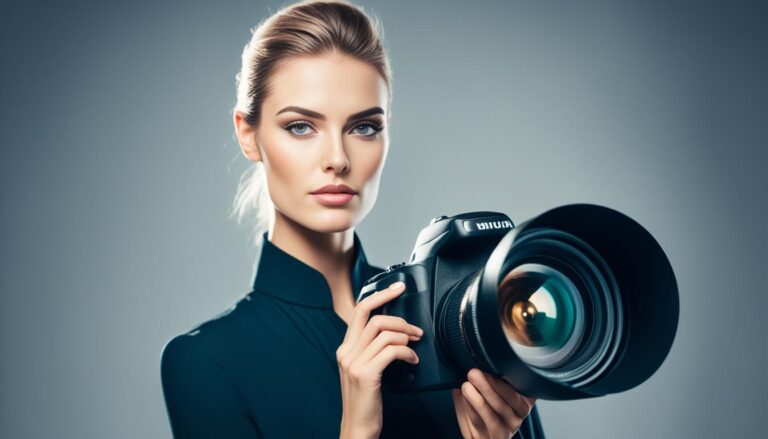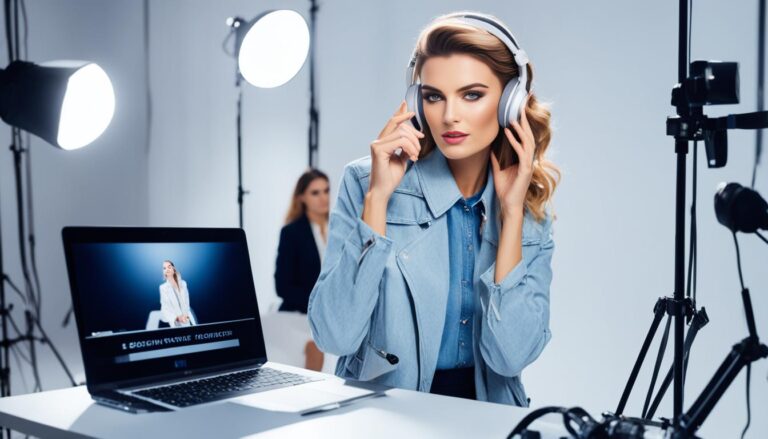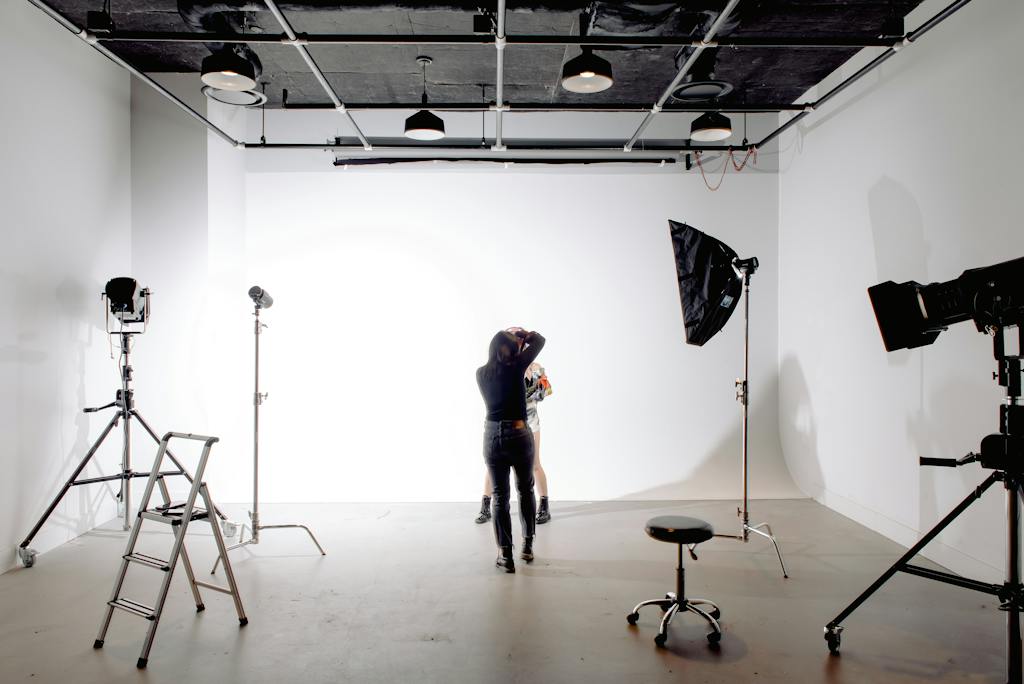How to Become an Editorial Photographer
As a budding photographer, I’ve always been captivated by the power of images to tell stories and evoke emotions. There’s something extraordinary about capturing a moment in time that speaks volumes without uttering a single word. Editorial photography, in particular, has always piqued my interest. It allows photographers like us to create visual narratives that support and enhance written content, whether it’s a magazine spread, an online article, or a newspaper feature. There’s a certain magic in seeing my photos come to life on the printed page, connecting with readers and sparking conversations.
If you also dream of a career in editorial photography, I’d love to share my knowledge and experiences with you. In this article, I’ll guide you through the essential steps to becoming an editorial photographer, from understanding the essence of editorial images to honing your skills and building a standout portfolio. So, let’s embark on this journey together and unlock the potential of editorial photography. Are you ready?
Key Takeaways:
- Editorial photography is a powerful medium for storytelling and creating visual narratives that enhance written content.
- Understanding the essence of editorial images is crucial, as they go beyond visually appealing photos and convey a specific mood or tone.
- Developing the necessary skills, building a solid portfolio, and networking within the photography community are essential steps to kick-starting your career in editorial photography.
- Your unique visual style and the ability to cultivate relationships with magazines and editors can set you apart in the competitive world of editorial photography.
- Continued learning and perseverance are essential to evolving as an editorial photographer and capturing compelling stories through your lens.
Understanding Editorial Photography
Editorial photography is a dynamic and compelling medium that allows photographers to capture the perfect moment and tell captivating stories through their images. In this section, we will explore the essence of editorial images, the art of storytelling through photography, and the definition of the editorial style. Let’s delve into the world of editorial photography and uncover the techniques that make it such a powerful and expressive art form.
The Essence of Editorial Images
Editorial images support and enhance the narrative in print or online publications. They go beyond visuals and aim to convey a specific mood or tone that aligns with the written content. These images can evoke emotions, engage the audience, and amplify the impact of the written word. Whether it’s a thought-provoking portrait or a captivating street scene, editorial images can transport viewers into the story’s heart.
Telling Stories through Photography
At its core, editorial photography is all about storytelling. Through well-composed and thoughtfully captured images, photographers can convey a narrative, evoke emotions, and capture authentic moments that resonate with viewers. Editorial photography goes beyond simply documenting events or subjects; it aims to elicit a deeper understanding and emotional connection with the content. By mastering the art of visual storytelling, photographers can create images that leave a lasting impact on the audience.
Defining the Editorial Style
The editorial style is a distinct aesthetic and set of guidelines that define the visual look and feel of editorial images. It encompasses various elements such as composition, lighting, colour palette, and visual storytelling techniques. The editorial style sets the tone for the piece, whether it’s a moody fashion editorial or a bright and vibrant travel feature. By understanding and embracing the editorial style, photographers can create cohesive and visually captivating images that align with the overall vision and narrative of the publication.
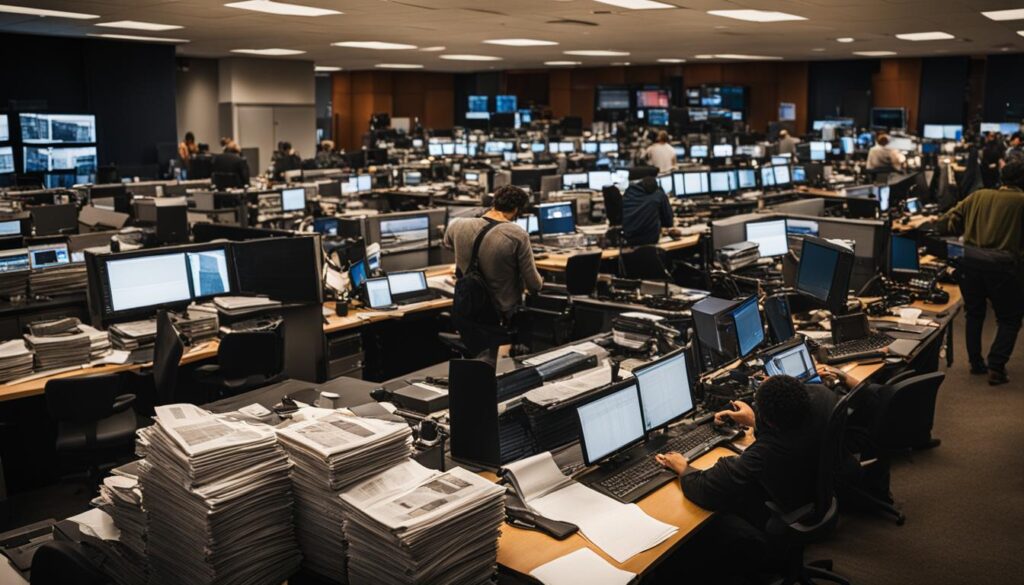
Equipment Essentials for Aspiring Editorial Photographers
Having the right equipment is essential for aspiring editorial photographers, as it allows them to capture high-quality images that meet industry standards. While the choice of gear may vary depending on personal preferences and specific genres within editorial photography, there are some equipment essentials that every aspiring editorial photographer should consider.
First and foremost, a reliable camera is a must-have. Look for a camera that offers excellent image quality, a variety of shooting modes, and the ability to shoot in RAW format for maximum flexibility during post-processing. Popular options include the Canon EOS 5D Mark IV and the Nikon D850.
In addition to a camera, a selection of lenses is crucial for different types of shots. A versatile zoom lens, such as a 24-70mm or 24-105mm, is ideal for capturing a wide range of subjects and perspectives. For more artistic and detailed shots, consider adding prime lenses with wider apertures, such as a 50mm f/1.8 or an 85mm f/1.4.
Lighting equipment is another critical consideration. A portable and adjustable speedlight, like the Nikon SB-910 or the Canon Speedlite 600EX II-RT, can help you achieve professional lighting effects, especially in indoor or low-light conditions. A versatile studio strobe, such as the Profoto B10 or the Godox AD200 Pro, is highly recommended for outdoor shoots or more controlled lighting setups.
Remember accessories to enhance your gear’s functionality and convenience. A sturdy tripod, such as the Manfrotto 055 Series, is essential for capturing stable shots, particularly in low-light situations or using longer exposure times. Other must-have accessories include memory cards with ample storage capacity, extra batteries, lens filters for creative effects, and a reliable camera bag to protect your gear on the go.
Remember, your chosen equipment should align with your shooting style, preferences, and the demands of the editorial photography genre you wish to pursue. Invest in quality gear that will serve you well in various shooting scenarios and help you produce professional-grade editorial photographs.
With the right equipment essentials in your arsenal, you’ll be well-prepared to embark on your journey as an editorial photographer and start capturing captivating images that tell compelling stories.
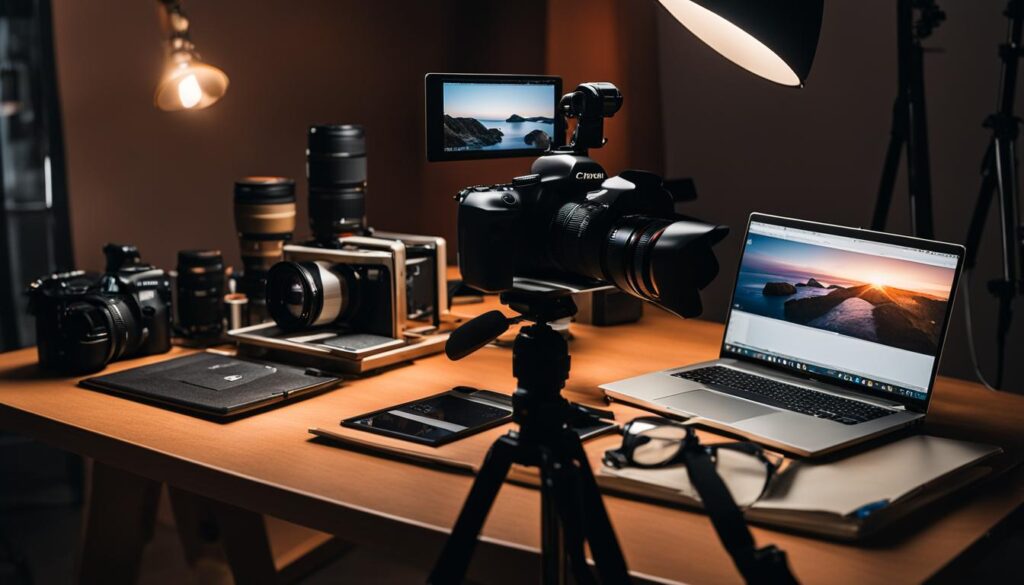
Building Your Editorial Photography Portfolio
Creating a solid portfolio is essential for establishing yourself as an editorial photographer and attracting potential clients or publications. Your portfolio represents your skills, style, and unique vision as a photographer. It showcases your ability to capture compelling images that tell stories and convey a specific mood or tone.
Identifying Your Photography Niche
Identifying your niche is one of the first steps in building your editorial photography portfolio. This involves choosing a specific genre within editorial photography that aligns with your interests, skills, and creative vision. Whether you’re drawn to fashion, lifestyle, documentary, or any other niche, focusing on a particular area allows you to develop expertise and a distinct style that sets you apart.
Creating Personal Projects
Personal projects are a fantastic way to showcase your unique vision and style as an editorial photographer. These projects offer creative freedom and allow you to experiment, push boundaries, and explore new ideas. By working on personal projects, you can create images that reflect your artistic voice and capture attention. These projects demonstrate your range and creativity and act as a testing ground for new techniques or concepts.
Selecting Your Best Work
Choosing the best images for your editorial photography portfolio is crucial. You must carefully curate your work to showcase your strongest and most representative pieces. Select images that highlight your technical skills, storytelling abilities, and creative approach. Consider your portfolio’s overall flow and coherence to ensure it demonstrates a cohesive and compelling body of work.
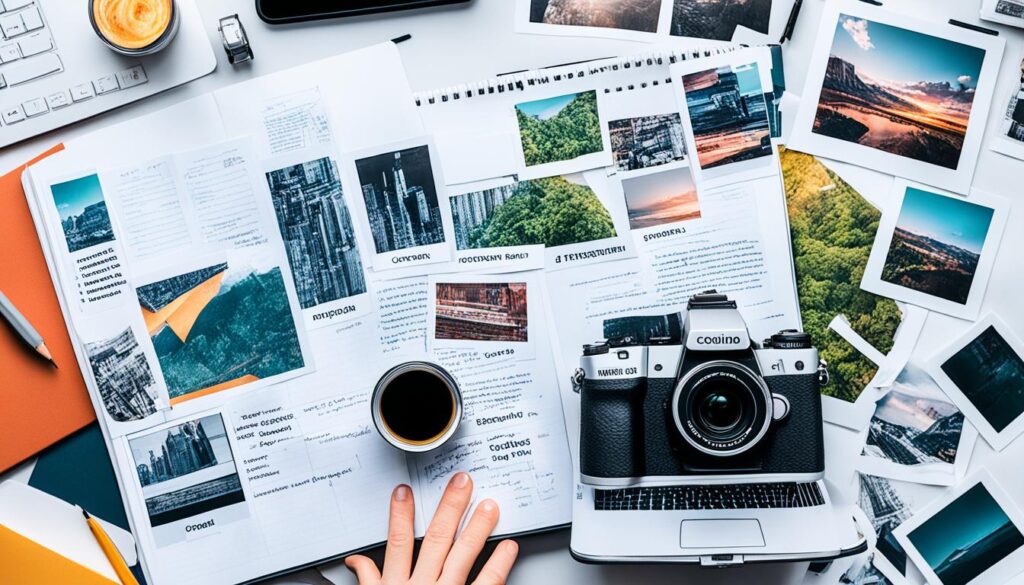
| Benefits of Personal Projects | Considerations for Portfolio Selection |
|---|---|
|
|
Mastering the Craft: Skills Development
Developing the necessary skills is key to mastering the craft of editorial photography. In addition to having a good eye for composition and storytelling, honing your technical photography skills is crucial. This includes understanding exposure, lighting, composition, and camera settings to capture your images’ desired look and mood. Post-processing and editing techniques are essential to enhance your photographs and create a consistent style. This section will provide insights into improving your technical photography skills and mastering post-processing techniques for editorial photography.
Technical Photography Skills
Regarding editorial photography, having a solid foundation in technical skills is vital. Understanding exposure, which encompasses ISO, aperture, and shutter speed, allows you to control the amount of light that enters your camera and affects the overall brightness and sharpness of the image. Mastering lighting techniques, whether natural or artificial, enables you to create the desired mood and accentuate the subject. Composition plays a crucial role in storytelling, as it determines how elements are arranged within the frame to guide the viewer’s eye and convey the intended message. Familiarizing yourself with your camera’s settings and features will allow you to adjust and capture spontaneous moments effectively and quickly.
Post-Processing and Editing Techniques
Post-processing and editing are integral parts of the editorial photography workflow in the digital age. They allow you to refine and enhance your images, elevating them to their full potential. Whether you prefer Adobe Photoshop, Lightroom, or other editing software, learning various editing techniques can help you achieve a consistent and polished look in your photographs. From adjusting exposure and colour toning to retouching and removing distractions, post-processing allows you to fine-tune every detail and bring your creative vision to life. It’s essential to develop your editing skills while maintaining a balance between enhancing and preserving the authenticity and integrity of your images.

Networking within the Photography Community
Networking plays a vital role in developing a successful career in editorial photography. Creating meaningful connections with fellow photographers and industry insiders can open doors to new opportunities, collaborations, and exposure. In this section, I will explore practical strategies for networking within the photography community, including attending industry events and meetups and building relationships with industry insiders.
Attending Industry Events and Meetups
One of the best ways to network with other photographers and industry professionals is by attending industry events and meetups. These events provide a platform for photographers to showcase their work, learn from industry experts, and exchange ideas with like-minded individuals. Whether it’s a photography conference, workshop, or social gathering, industry events offer valuable networking opportunities for photographers at all stages of their careers.
Attending industry events can help you connect with photographers who share similar interests and passions. Engage in conversations, ask for feedback on your work, and be open to learning from others. Remember to bring your business cards or create a digital presence by sharing your social media handles or website. This allows people to find and connect with you after the event easily.
Furthermore, actively participating in industry events can help you stay updated with the latest trends, techniques, and technologies in photography. Networking with industry professionals and attending informative sessions can broaden your knowledge and enhance your skills, providing a competitive edge in the editorial photography industry.
Building Relationships with Industry Insiders
In addition to connecting with fellow photographers, it’s crucial to build relationships with industry insiders, such as editors and art directors. These individuals can publish your work and provide valuable feedback and guidance.
Start by researching publications that align with your photography style and interests. Please familiarize yourself with their content and editorial guidelines. Once you have identified potential publications, contact the editors or art directors with a well-crafted introductory email showcasing your work and expressing your interest in contributing to their publication.
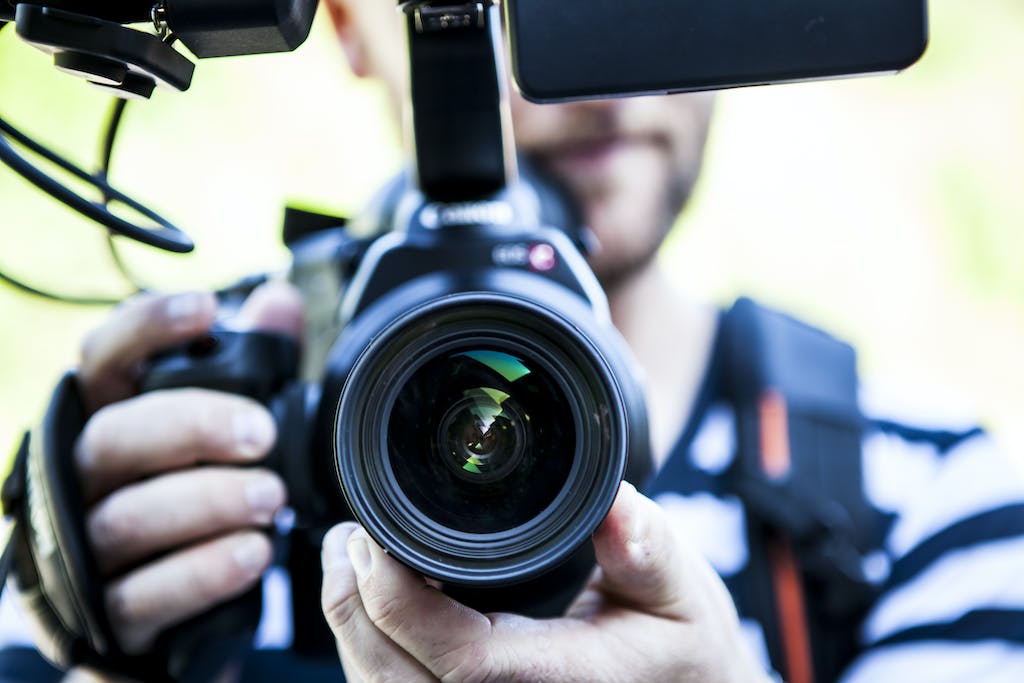
When contacting industry insiders, be professional and concise, and demonstrate your understanding of their publication’s style and audience. Personalize your communication to show that you have researched and genuinely value their work. Building relationships takes time and effort, so be patient and persistent when following up with your contacts.
Remember, the goal is to establish mutually beneficial relationships with industry insiders. Eventually, they may recommend you for assignments, offer mentorship, or provide valuable insights into the industry. The stronger your relationships, the better your chances of publishing your work and advancing your editorial photography career.
Once you have developed the necessary skills, built a strong portfolio, and established connections within the industry, it’s time to take the following steps towards becoming an editorial photographer. This section will provide a comprehensive overview of the critical steps in starting a career in editorial photography, including finding job opportunities, working as a freelancer, and growing your professional reputation in the field.
One of the first steps to becoming an editorial photographer is gaining experience and building your portfolio. You can do this by assisting established photographers, taking on personal projects, or even offering your services for free or at a discounted rate to gain exposure and establish a reputation.
Networking is crucial in the photography industry, as it can lead to valuable connections and potential job opportunities. Attend industry events, join photography organizations, and contact professionals in the field to expand your network. Building relationships with editors, art directors, and other industry insiders can increase your chances of getting your work published and gaining recognition.
Another critical step is to research job opportunities and platforms where you can showcase your work. Many editorial photographers work as freelancers, pitching their ideas and submitting their work to magazines, newspapers, and online publications. Research potential publications and understand their submission guidelines to increase your chances of getting published.
As you gain experience and build your portfolio, it’s essential to cultivate a unique visual style that sets you apart from other photographers. Develop your creative voice, experiment with different techniques, and strive for consistency across your editorial work. A robust and cohesive portfolio with a distinct style will attract the attention of potential clients and set the foundation for a successful editorial photography career.
Don’t be afraid to challenge yourself and step outside your comfort zone. Keep improving your technical skills, stay up-to-date with industry trends, and continue learning and growing as a photographer. The world of editorial photography is dynamic and ever-changing, so it’s essential to adapt and evolve with it.
By following these steps and persevering in your journey, you can establish yourself as an editorial photographer and pursue a rewarding career. With passion, dedication, and the right skills, you can capture compelling stories and make a lasting impact through your photography.
Seeking Publication: Submitting Your Work
Getting your work published in reputable publications is a significant milestone for an editorial photographer. However, submitting your work can be challenging without understanding the industry and publication requirements. This section will guide you through researching potential publications, understanding their submission guidelines, and navigating the submission process to increase your chances of getting published.
Researching Potential Publications
Before submitting your work, it’s essential to research potential publications that align with your style and niche. Look for publications featuring editorial photography, such as fashion magazines, online platforms, or art journals. Consider the target audience, themes, and aesthetic preferences of each publication.
Start by exploring their websites and previous issues to understand better their content and the types of images they publish. Pay attention to the layout, composition, and subject matter to determine if your work would fit well.
Additionally, consider the publications’ reputation and reach. Look for those with a strong readership or a large online following to maximize exposure for your work.
List potential publications that resonate with your style and target audience. This research will help you tailor your submission and increase the likelihood of acceptance.
Navigating the Submission Process
Once you’ve identified potential publications, it’s crucial to understand and follow their submission guidelines. Each publication may have specific requirements, including file formats, image resolution, captioning, or contact information.
Carefully review the submission guidelines on their websites or in their calls. These guidelines may outline the preferred submission method, deadlines, and additional requirements. Some publications may have an online submission portal, while others may prefer email submissions or physical mail.
When preparing your submission, ensure your images are correctly formatted and meet the publication’s technical specifications. Follow their instructions for naming files, including additional information such as image descriptions or captions.
Include a brief introductory email or cover letter with your submission, introducing yourself, explaining your interest in the publication, and highlighting relevant experience or accomplishments.
Finally, double-check that you have included all the necessary materials and information. This attention to detail demonstrates professionalism and increases your chances of being considered for publication.
| Submission Tips | Key Points |
|---|---|
| 1. Research potential publications | • Look for publications that align with your style and target audience • Consider the reputation and reach of the publications |
| 2. Understand submission guidelines | • Read and follow the submission guidelines provided by each publication • Pay attention to file formats, image resolution, and any additional requirements |
| 3. Prepare your submission | • Format your images according to the publication’s technical specifications • Include a brief introductory email or cover letter highlighting your interest and experience |
| 4. Double-check your submission | • Ensure that you have included all necessary materials and information • Review your submission for accuracy and professionalism |
By conducting thorough research and carefully following the submission guidelines, you can increase your chances of getting your editorial work published in reputable publications. Remember to be persistent and resilient, as getting published may require multiple attempts and rejections. Keep refining your skills, building your portfolio, and seeking opportunities to showcase your work.
Establishing Connections with Magazines and Editors
Building strong connections with magazines and editors is essential for long-term success in editorial photography. Establishing these relationships can open doors to exciting opportunities and collaborations that can elevate your career. Here are some effective strategies to connect with magazines and editors:
Pitching Personal Projects
One way to catch the attention of magazines and editors is by pitching personal projects that align with their vision and target audience. Personal projects allow you to showcase your unique style and creativity, demonstrating your ability to produce captivating visuals that resonate with readers. Craft a compelling pitch highlighting your project’s story and concept, emphasizing why it would be a valuable addition to their publication.
Cultivating Long-Term Relationships
Building long-term relationships with magazines and editors is a valuable asset in the editorial photography industry. Take the time to engage with editors on social media platforms and attend industry events where you can meet them in person. Be genuine in your interactions and show a genuine interest in their work. By nurturing these connections and maintaining a professional rapport, you increase your chances of being at the top of people’s minds when they are looking for photographers for future projects.
Remember, cultivating relationships is a two-way street. Please offer your support, whether it’s by promoting their work or providing valuable insights. Building a collaborative and mutually beneficial relationship can lead to regular assignments and collaborations, ensuring a consistent flow of work and growth in your editorial photography career.
Commercial vs Editorial: Understanding the Differences
Understanding the differences between commercial and editorial photography is crucial for aspiring editorial photographers. While both genres involve capturing images for publication, they have distinct purposes and guidelines. Commercial photography primarily promotes a product, service, or brand, aiming to drive sales and generate revenue. On the other hand, editorial photography is more storytelling-oriented, aiming to convey a narrative or support written content in publications.
Commercial photography images are often used in advertisements, marketing materials, and commercial campaigns. They are created to attract attention, promote a specific message, and appeal to a target audience. There is typically a high level of control and direction in commercial photography, with clear expectations and specific requirements from clients or brands.
Editorial photography, on the other hand, is more focused on authenticity and capturing real-life situations. It aims to evoke emotions, engage readers, and enhance the narrative in magazines, newspapers, or online platforms. Editorial photographers have more creative freedom and flexibility when capturing images, allowing them to convey a unique perspective and create a visual story that resonates with the audience.
Regarding industry standards, commercial photography often involves a team of professionals, including art directors, stylists, and models, who work together to create a specific look or concept. The images are meticulously planned, focusing on lighting, composition, and post-processing techniques to achieve a polished and commercially appealing aesthetic.
Editorial photography, on the other hand, can be more spontaneous and documentary in nature. It often captures candid moments and real emotions without excessive staging or manipulation. Editorial images are expected to be thought-provoking, genuine, and reflective of the context in which they are published.
In summary, while commercial and editorial photography have distinct characteristics and purposes, they play integral roles in visual storytelling. Understanding the differences between these two genres is essential for aspiring editorial photographers to navigate the industry, showcase their skills, and pursue their passion for capturing captivating images.
Cultivating a Unique Visual Style
Cultivating a unique visual style is essential to stand out as an editorial photographer and attract clients or publications. Your visual style distinguishes you from other photographers and makes your work recognizable. It reflects your creative vision and personal aesthetic and significantly shapes your brand as a photographer.
Finding Your Creative Voice
Finding your creative voice is the first step towards developing a unique visual style. It involves understanding your artistic vision, exploring different techniques and approaches, and experimenting with varying styles of photography. To find your creative voice, take the time to discover what inspires you, what subjects resonate with you, and what emotions you want to convey through your images. Allow yourself to be open to new ideas and perspectives, and let your passion guide your creative process.
Don’t be afraid to take risks and step out of your comfort zone. Embrace your unique perspective and use it to create images that are authentic and meaningful to you. Remember that your creative voice reflects your personality and experiences, so allow yourself to express your individuality through your work.
Consistency Across Your Editorial Work
Consistency is key to maintaining a cohesive portfolio and establishing your brand as an editorial photographer. It ensures that your work is recognizable and creates a sense of unity throughout your body of work. Consistency can be achieved through various elements, including composition, lighting, colour palette, and editing style.
- Composition: Pay attention to how you frame your shots and the placement of your subjects within the frame. Consistent composition can help create a sense of harmony and balance in your images.
- Lighting: Experiment with different lighting techniques and find a style that complements your subject matter and overall aesthetic. Consistency in lighting can help create a cohesive look and feel across your body of work.
- Colour palette: Develop a colour palette that aligns with your artistic vision and use it consistently throughout your images. A consistent colour palette can help create a visual thread that ties your work together.
- Editing style: Develop a distinct editing style that enhances your images and contributes to your overall visual style. Consistency in editing can help create a cohesive look and feel across your portfolio.
Maintaining consistency in these elements establishes a recognizable visual style and creates a sense of professionalism and reliability that clients and publications value in editorial photographers.
Conclusion
As an aspiring editorial photographer, I hope this guide has provided valuable insights and a clear roadmap for your career. Combining technical skills, a strong portfolio, active networking, and unwavering perseverance is key to success in this field. By following the steps outlined in this article, you’ll be well-prepared to enter the world of editorial photography and capture captivating stories through your lens.
Remember, as you begin your journey, continue to evolve your skills and stay up-to-date with the latest trends and techniques in the industry. Building a compelling portfolio is crucial, so invest time in personal projects that showcase your unique vision and style. Connect with other photographers and industry insiders by attending relevant events and meetups, and try to establish meaningful relationships.
The editorial photography world is dynamic and rewarding but requires dedication and resilience. Embrace the challenges you may encounter, as they will contribute to your growth as a photographer. Stay persistent and adaptable, constantly pushing yourself beyond your comfort zone. With determination and a commitment to continuous improvement, you can thrive in this exciting and ever-evolving field of editorial photography.
FAQ’s
Q: What is editorial photography?
A: Editorial photography tells a story or conveys a message through captured images. It is often used in magazines, newspapers, and online publications to accompany editorial content.
Q: How is editorial photography different from commercial photography?
A: The main difference between editorial and commercial photography is that editorial photography focuses on storytelling and conveying a message, while commercial photography is geared towards selling a product or service.
Q: How can I become an editorial photographer?
A: To become an editorial photographer, you should build a strong portfolio showcasing your storytelling abilities. It is also helpful to network with professionals in the industry and seek out opportunities to shoot editorial content.
Q: What is the career path for becoming a magazine photographer?
A: The career path for becoming a magazine photographer typically involves gaining experience in editorial photography, building a solid portfolio, and establishing connections with magazine editors and publishers.
Q: What are some examples of editorial photography used in fashion?
A: Editorial fashion photography often features high-end designs and elaborate settings to create visually captivating images that tell a story or convey a specific mood.
Q: How important is stock photography in editorial content creation?
A: Stock photography can be a valuable resource for editorial content creators, providing a cost-effective way to access high-quality images for articles, blog posts, and other editorial materials.
Q: What is the role of a professional photographer in an editorial photo shoot?
A: A professional photographer plays a crucial role in an editorial photo shoot by capturing images that align with the project’s creative vision and storytelling objectives.


